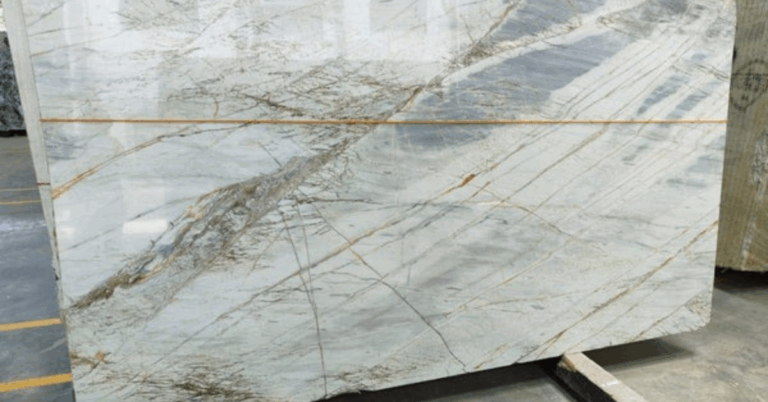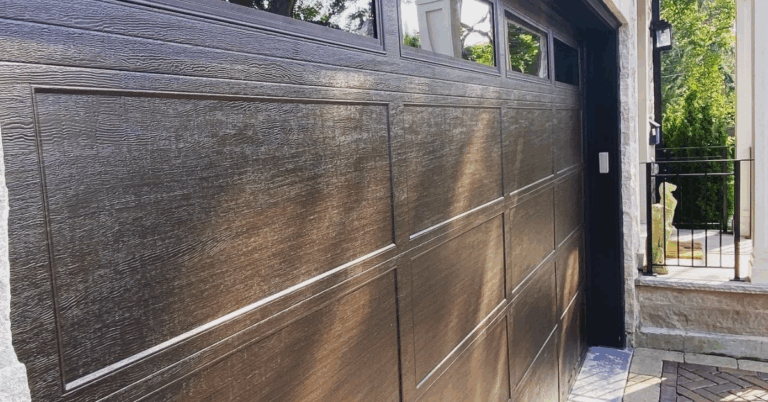Full Face Helmet: Ultimate Guide for Safety, Comfort, and Style
When it comes to motorcycle safety, few pieces of gear are as vital as the helmet. Among various helmet types, the Full Face Helmet stands out as the most comprehensive option for protection, offering full coverage for your head, face, and jaw. Whether you’re a daily commuter, a weekend rider, or a long-distance tourer, a full face helmet is an essential investment in your safety and riding experience.
This article explores everything you need to know about full face helmets—what they are, their benefits, how to choose the right one, and answers to frequently asked questions.
What is a Full Face Helmet?
A full face helmet is a type of motorcycle helmet that encloses the entire head, with an integrated chin bar and a face shield or visor. This design protects the skull, jaw, and face from impacts, flying debris, wind, dust, rain, and noise.
Unlike open-face or modular helmets, full face helmets offer one solid piece of protection. This design reduces the risk of facial injury during accidents and helps insulate the rider from external elements, improving comfort and focus while riding.
Benefits of Full Face Helmets
1. Maximum Safety
The most significant advantage of a full face helmet is its superior safety. Studies have shown that the majority of motorcycle accidents involve impact to the chin area. A full face helmet covers this vulnerable part, drastically reducing the chances of severe injury.
2. Protection Against the Elements
Whether it’s scorching sun, gusty wind, heavy rain, or biting cold, a full face helmet shields your face and head. This makes it ideal for all-weather riding and long-distance journeys.
3. Reduced Wind and Road Noise
Full face helmets significantly reduce wind turbulence and road noise. The snug fit and sealed design provide a quieter and more peaceful riding experience, especially at high speeds.
4. Enhanced Aerodynamics
Modern full face helmets are engineered to reduce drag and improve airflow. This not only enhances fuel efficiency but also reduces fatigue by minimizing the buffeting effect on the rider’s head.
5. Improved Focus and Concentration
By blocking distractions such as wind, bugs, and debris, a full face helmet helps you stay focused on the road. The tinted or anti-fog visors also aid in reducing glare and enhancing visibility.
6. Visor Options for Vision Clarity
Full face helmets typically feature visors that are scratch-resistant, UV-protected, and anti-fog coated. Many models allow for easy visor swaps, enabling riders to switch between clear, tinted, and mirrored visors depending on lighting conditions.
How to Choose the Right Full Face Helmet
Choosing the right full face helmet requires attention to several key factors. Here’s a checklist to guide your purchase:
1. Safety Certification
Ensure the helmet meets relevant safety standards such as DOT (Department of Transportation), ECE (Economic Commission for Europe), or ISI (Indian Standards Institute). A certified helmet guarantees tested protection during impact.
2. Fit and Comfort
An ill-fitting helmet can cause discomfort, distractions, and even compromise safety. Measure your head circumference and choose a size that fits snugly—neither too tight nor too loose. The helmet should sit level on your head with the cheek pads hugging your face.
3. Weight
While full face helmets are generally heavier than other types, opt for a helmet that balances protection and comfort. A lightweight helmet reduces neck strain, especially during long rides.
4. Ventilation
Adequate airflow is crucial to prevent overheating and fogging. Look for helmets with adjustable intake and exhaust vents for maximum airflow without compromising safety.
5. Interior Padding and Liners
Removable and washable liners are a bonus for hygiene. Anti-bacterial and moisture-wicking liners keep the interior fresh and comfortable even in hot weather.
6. Visor and Shield Quality
Ensure the visor offers clear vision, UV protection, and anti-fog capabilities. Some helmets offer pinlock systems or double visors for added versatility.
7. Noise Isolation
Some full face helmets offer better soundproofing than others. If noise is a concern, look for helmets with sound-dampening interiors and aerodynamic designs that reduce turbulence.
Common Materials Used in Full Face Helmets
Full face helmets are constructed using various materials to achieve a balance of safety, durability, and weight.
-
Thermoplastic Shell: Affordable and offers decent protection. Slightly heavier than other materials.
-
Fiberglass Composite: Strong and lightweight. Offers good impact resistance.
-
Carbon Fiber: Extremely light and strong. Typically used in premium helmets due to high cost.
-
EPS Liner: The inner core is made from Expanded Polystyrene foam, designed to absorb and distribute impact energy.
Maintenance Tips for Your Full Face Helmet
-
Clean the visor regularly with a microfiber cloth and mild soap to maintain visibility.
-
Wash the interior liners if they are removable, and air-dry thoroughly.
-
Check for wear and tear on straps, padding, and the shell regularly.
-
Replace the helmet every 3–5 years, even if it hasn’t been involved in an accident, as materials degrade over time.
When to Replace Your Full Face Helmet
Replace your helmet immediately if:
-
It has been involved in an accident.
-
The shell shows visible cracks or dents.
-
The padding has worn out significantly.
-
It’s more than 5 years old.
Helmets are a life-saving gear, and timely replacement ensures continued protection.
Who Should Use a Full Face Helmet?
-
Commuters: Ideal for daily city traffic where safety is paramount.
-
Tourers: Perfect for long rides and changing weather conditions.
-
Sport riders: Essential for high-speed safety and aerodynamics.
-
New riders: Offers the highest level of protection for beginners.
Regardless of experience, any rider prioritizing safety should consider a full face helmet as their primary headgear.
Frequently Asked Questions (FAQ)
Q1: Is a full face helmet better than an open face helmet?
A: Yes, full face helmets offer more comprehensive protection, especially to the chin and jaw, which are often exposed in open face designs.
Q2: Can I wear glasses with a full face helmet?
A: Absolutely. Many full face helmets are designed to be glasses-friendly with grooved padding to accommodate frames.
Q3: Are full face helmets uncomfortable in hot weather?
A: Not necessarily. Most full face helmets come with efficient ventilation systems that help circulate air and keep your head cool.
Q4: How do I know if my helmet fits properly?
A: A properly fitting helmet should feel snug all around, not shift when you shake your head, and should not cause pain or pressure points.
Q5: Do full face helmets affect hearing?
A: They can reduce wind noise, which may actually help you hear important sounds like sirens or horns more clearly. Some also offer speaker cutouts for intercom systems.
Q6: Can I use the same helmet for track riding and commuting?
A: Yes, but if you ride on the track, ensure the helmet meets any specific certification or regulation required by the event organizers.
Q7: How do I maintain the visor of my full face helmet?
A: Clean it regularly using a microfiber cloth and water or mild soap. Avoid abrasive cleaners that may scratch the surface.
Q8: Are there full face helmets with Bluetooth compatibility?
A: Yes, many helmets now come with built-in or compatible mounts for Bluetooth communication systems.
Conclusion
A full face helmet is more than just a protective accessory—it’s an essential part of your motorcycle gear that ensures your safety, enhances comfort, and boosts confidence on the road. Whether you’re battling city traffic, exploring scenic routes, or chasing speed on open highways, a full face helmet is your most reliable partner.
Prioritize safety. Choose wisely. Ride responsibly.







